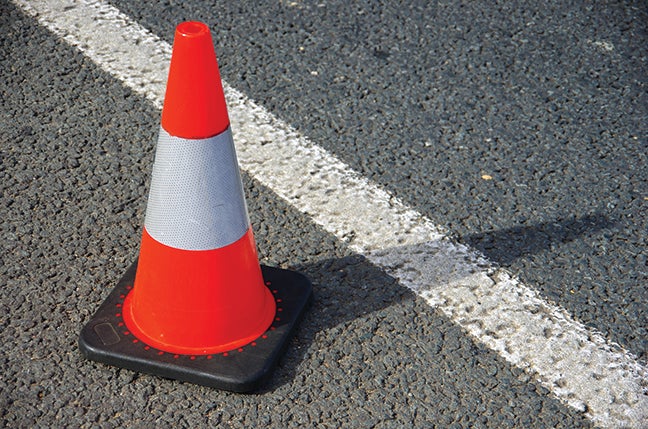Jim Beam column:Basin bridge law good news
Published 6:29 am Monday, August 1, 2022
|
Getting your Trinity Audio player ready...
|
Records show when there are major accidents on the bridge traffic could be delayed for 6 to 8 hours. Motorists have to use U.S. 190 to the north or U.S. 90 to the south.
State Senate President Page Cortez, R-Lafayette, and Shawn Wilson, secretary of the Department of Transportation and Development, deserve credit for easy passage of the new law. Both live in Lafayette and drive I-10 to Baton Rouge on most working days.
Cortez said he had to use U.S. 190 once because of an 18-wheeler accident and it took him five hours to go from Baton Rouge to Lafayette. The normal I-10 driving time is 1 hour and 3 minutes.
Senate Bill 435 by Cortez, which is now Act 426 of 2022, passed the Senate 33-0 and the House 78-12. The legislation will double fines, improve road signage and use cameras to track drivers’ speed over the 18-mile span. About 80,000 vehicles cross the bridge every day.
Cortez said he set his cruise control on the bridge’s maximum 60 mph limit on one trip and “cars were passing me like I was standing still.” He said trucks are supposed to stay in the right lane, but many don’t.
Most motorists detest the use of speed cameras. Sheila Dunn, spokeswoman for the National Motorists Association, told The Center Square back in June, “You don’t always know who is driving the car.” She said a better idea is to spend money on signs that tell drivers how fast they are going.
However, Cortez said, “Cameras are our friends, not our enemies. We’re trying to create some behavior modification. People will not change unless you force them to change.”
Entrance signs at both ends will say, “Safety Corridor, Fines Doubled for Speeding and Other Violations.” There will be eight speed limit signs on each side of the bridge and six sets of “Trucks Right Lane Only” signs on each side.
It may be next year before the enforcement cameras are installed. Drivers caught speeding would first be issued a notice, followed by a warning on the second violation and a fine on the third and subsequent violations.
If drivers knew how much time they were actually saving by speeding, they would be reluctant to exceed the speed limit. Driving 60 mph gets them across the 18-mile bridge in 18 minutes. Cortez said going 70 mph saves only 2 minutes and 40 seconds. Going 80 mph saves a little over 4 minutes, he said.
Cortez and Wilson attribute the spike in accidents on the bridge to increased speeding and distracted driving with cell phones. Both said motorists are more likely to speed on the bridge because they know there are no safe shoulders for police officers to park and monitor speeds.
Cortez said, “If you park police units in some places, they’re less than 18 inches from an 18-wheeler putting them over the edge.”
“Too many people are getting hurt and killed for us not to do something about it,” he said. “I’ve spent 15 years in (the Capitol) and I’ve never filed a bill that’s gotten more attention than this one.”
Wilson told a House committee his department would only capture enough money from tickets to cover the cost of operating the camera system. The rest, he said, would go to law enforcement in Iberville and St. Martin parishes where the bridge is located.
Our readers might be interested in knowing that the new law says, “the Atchafalaya Basin Bridge shall mean the Atchafalaya Elevated Expressway designated by Act 793 of the 1989 regular session of the Legislature as the Louisiana Airborne Memorial Bridge.”
Next time you travel on the bridge, whatever its name, set your speed control at 60 mph, and drive safely.





